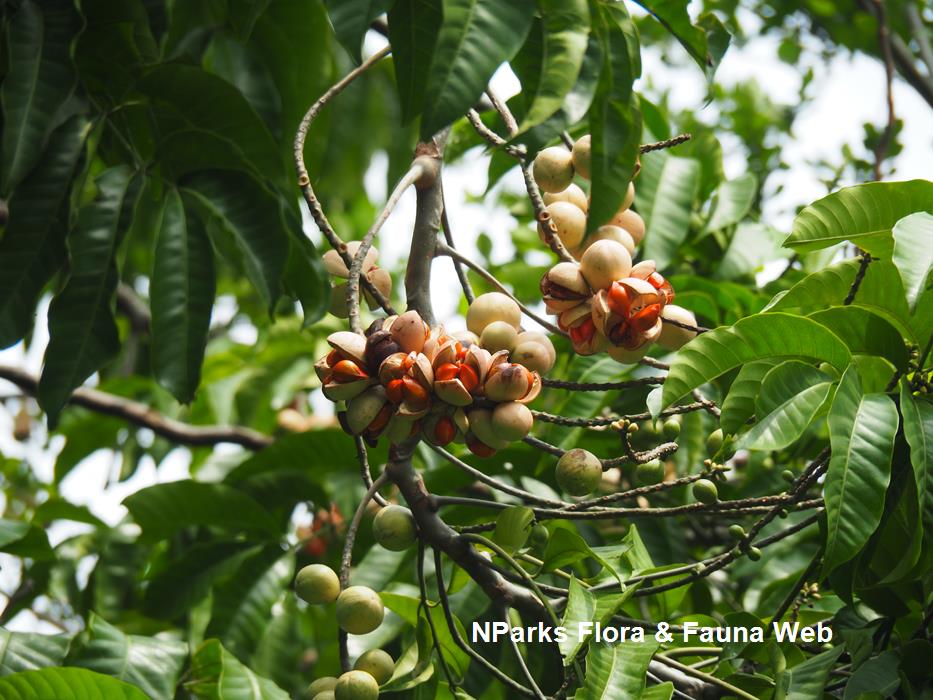Rohitak

Amoora rohituka
Summary
Scientific Classification
Kingdom: Plantae
Division: Angiospermae
Class: Magnoliopsida
Order: Sapindales
Family: Meliaceae
Genus: Aphanamixis
Species: Aphanamixis polystachya
Scientific Name: Aphanamixis polystachya (Wall.)
Common names
English: Rohituka Tree, Pithraj Tree
Hindi: harin-hara (हरिनहर्रा)
Marathi: Rohitak, raktharohida (रक्तरोहिडा’)
Sanskrit anavallabha, ksharayogya, lakshmi, lakshmivana, lohita
Description
Growth Form It is a tree up to 20 m tall. Foliage Its alternate, stalked pinnate leaves are 45125 cm long, with 610 pairs of leaflets. Its leaflets have slightly leathery blades that are oblong to elliptic-oblong, red when young, and 7.525 by 49 cm. The midrib is prominent on both surfaces. Flowers Its female flowering shoots are up to 110 cm long, while male and bisexual flowering shoots are up to 50 cm long. Its sweetly scented flowers are 49 mm across, and cream to yellow or bronze. Fruits Its pink-red-purplish fruits grow in clusters, are round to pear-shaped, and 24 cm across. Each fruit bears 13 seeds that are 1722 mm long, covered with brownish-red or orange oily pulp, and have a dark brown or black seed coat. Habitat It grows in lowland and hill forests, usually on hillsides and ridges with sandy to clay soil up to 1400 m altitude. Associated Fauna Its flowers are pollinated by insects. Cultivation It can be propagated by seed. Etymology Greek aphanos, invisible; Greek mixis, mating; Greek poly, many; Greek stachys, branch, referring to the much-branched male flowering shoot
 Trees of Empress Botanical Garden - Project supported by
Trees of Empress Botanical Garden - Project supported by